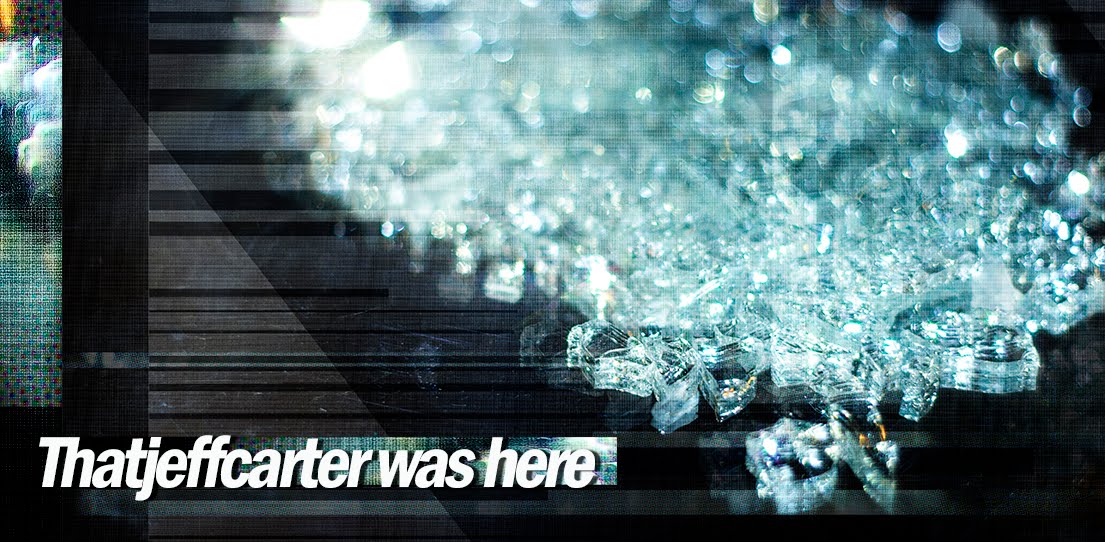It’s October again.
Wow how the year disappears. But
October means monster / horror movies. Actually, I watch scary movies all
throughout the year, but in October I like to try to write a little bit about
them. I have in the past tried to watch
and then write about one every day of the month, but I don’t think I’ll be able
to do that much this year. Still, I’ll
get up as many as I can.
Last night I watched the 1987 film The Believers starring Martin Sheen, Helen Shaver, Robert Loggia, and Jimmy Smits. The Believers was based on the 1982 novel The Religion by Nicholas Conde. It’s not the greatest movie ever made – it’s not even the greatest horror movie ever made – but it’s not a terrible movie, even if Rodger Ebert hated, hated, hated it (Ebert, 36 – 38).
Last night I watched the 1987 film The Believers starring Martin Sheen, Helen Shaver, Robert Loggia, and Jimmy Smits. The Believers was based on the 1982 novel The Religion by Nicholas Conde. It’s not the greatest movie ever made – it’s not even the greatest horror movie ever made – but it’s not a terrible movie, even if Rodger Ebert hated, hated, hated it (Ebert, 36 – 38).
The film concerns police psychologist, Cal Jamison (Sheen),
who, after the recent death of his wife, has returned to New York City with his
son. He soon finds himself involved with
the investigation of a series of ritualistic murders of children linked to an
Afro-Cuban cult brujeria “witchcraft”
- with strong similarities to Santeria. The
movie is more of a thriller than a horror film – but it does have a bit of a Rosemary’s Baby kind of twist toward the
end.
The Believers is
part of that “satanic panic” that gripped the United States in the 80s – an irrational
fear that Satanic Ritual Abuse (SRA) was happening in every city and every town
across America. But in The Belivers it’s not Satanism, but
Santeria (or something like Santeria) that is to be feared.
Even if I disagree with him about the quality of The Believers, one of Ebert’s complaints about the movie is valid: “Every voodoo[i] movie that has ever been made has depicted bloodthirsty cults of savagely sadistic murderers vengefully thirsting for innocent blood (Ebert, 37)
Even if I disagree with him about the quality of The Believers, one of Ebert’s complaints about the movie is valid: “Every voodoo[i] movie that has ever been made has depicted bloodthirsty cults of savagely sadistic murderers vengefully thirsting for innocent blood (Ebert, 37)
There is some attempt in The
Believers to separate the authentic practice of Santeria –which does
involve animal, but not human, sacrifice – from the ritualistic murders being committed
by this Santeria like cult, but the
distinction isn’t drawn very well and for those already predisposed to see evil
in every stranger’s face, this movie would likely confirm their suspicions.
On the other hand – the evil in this film isn’t the savage, benighted immigrants practicing a heathen religion – it is the seemingly decent, rich, white folks who have, in an act of cultural appropriation created a horrifically literal expression of the 80s “voodoo economics,” sacrificing their children for the promise of wealth and power and fame (Muir, 559).
On the other hand – the evil in this film isn’t the savage, benighted immigrants practicing a heathen religion – it is the seemingly decent, rich, white folks who have, in an act of cultural appropriation created a horrifically literal expression of the 80s “voodoo economics,” sacrificing their children for the promise of wealth and power and fame (Muir, 559).
As I watched this film I was reminded of something that Reza
Aslan said in a recent interview on CNN.
When asked if Islam promotes violence, he answered: “Islam doesn't
promote violence or peace. Islam is just a religion, and like every religion in
the world, it depends on what you bring to it. If you're a violent person, your
Islam, your Judaism, your Christianity, your Hinduism is going to be violent.
There are Buddhist -- marauding Buddhist monks in Myanmar slaughtering women
and children. Does Buddhism promote violence? Of course not. People are violent
or peaceful. And that depends on their politics, their social world, the way
that they see their communities, the way they see themselves.” (transcript here)
Ebert, Roger, I Hated,
Hated, Hated this Movie, Kansas City, Andrews McMeel Publishing, 2000.
Muir, John Kenneth, Horror Films of the 1980s, Jefferson City, North Carolina, McFarland and Co. Publishing, Inc. 2007.
[i] Voodoo
(or more accurately Vodou or Vodoun) and Santeria are similar in many respects,
and are often confused, but they are different and separate religions.




No comments:
Post a Comment